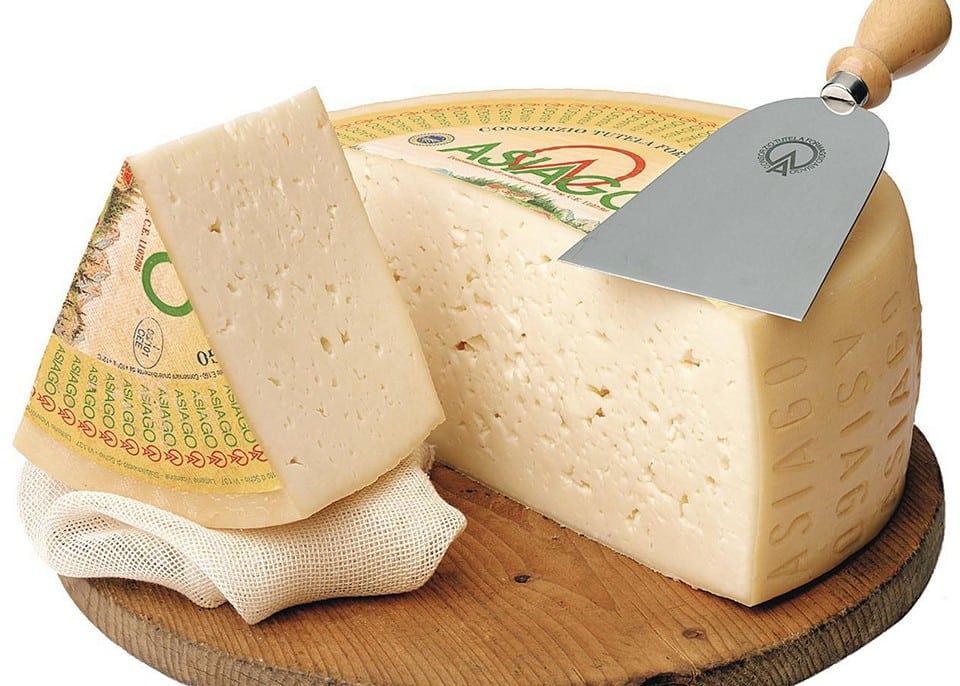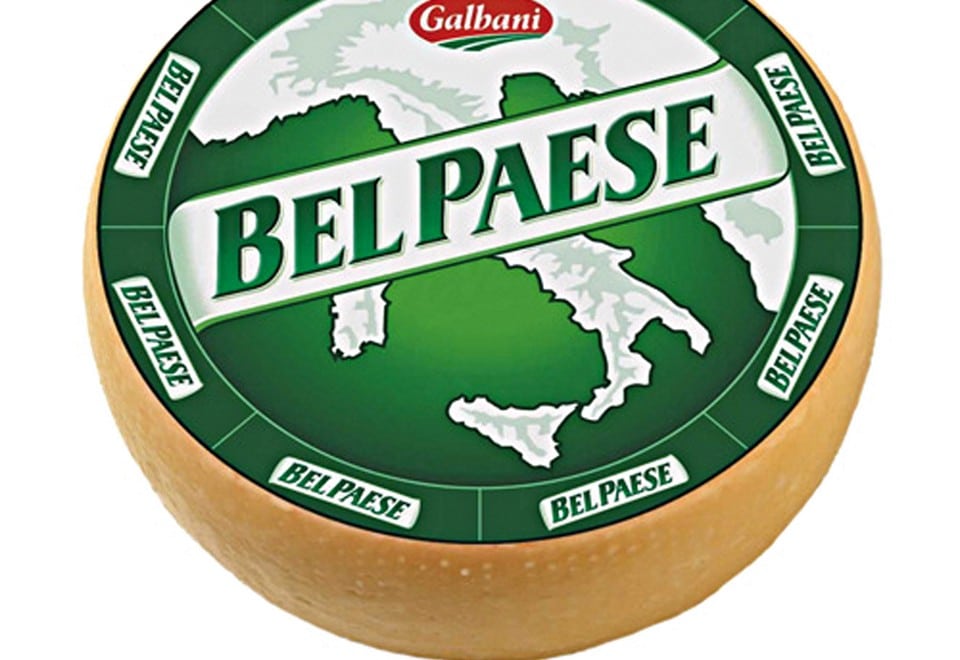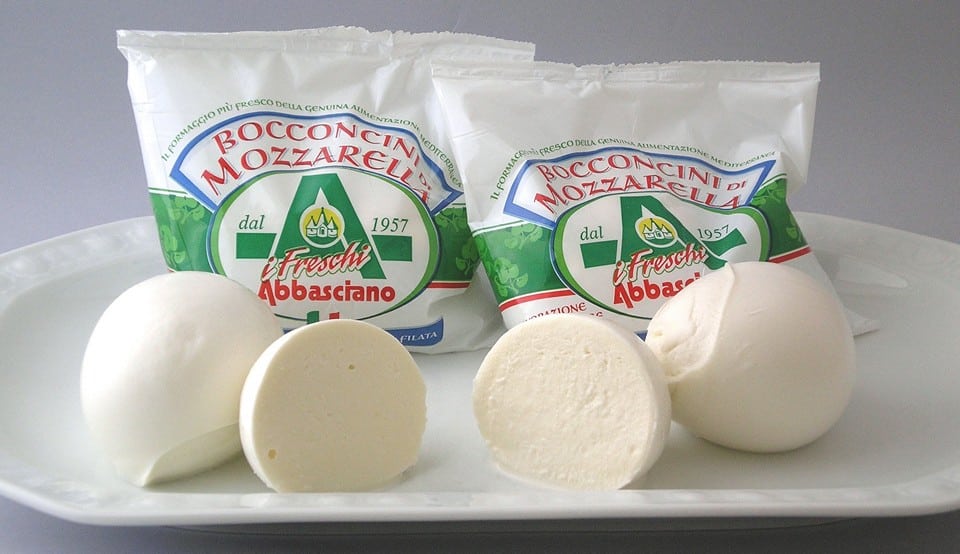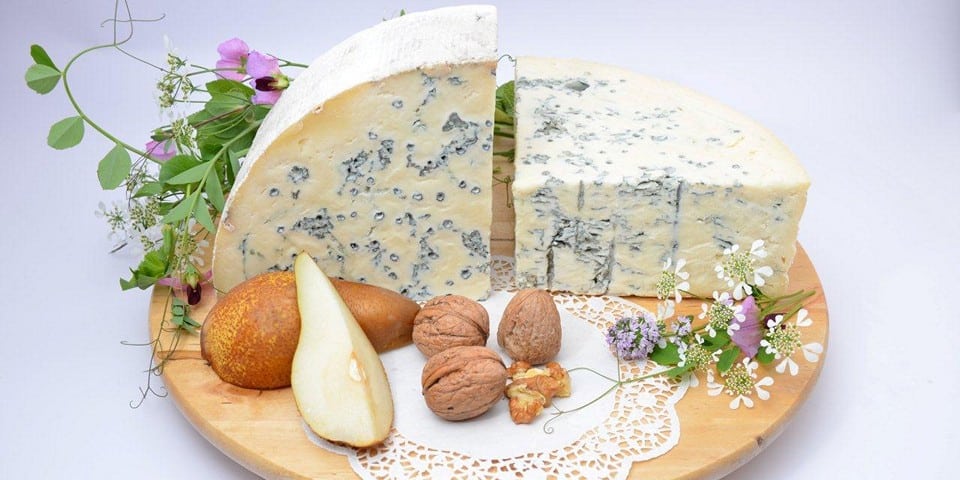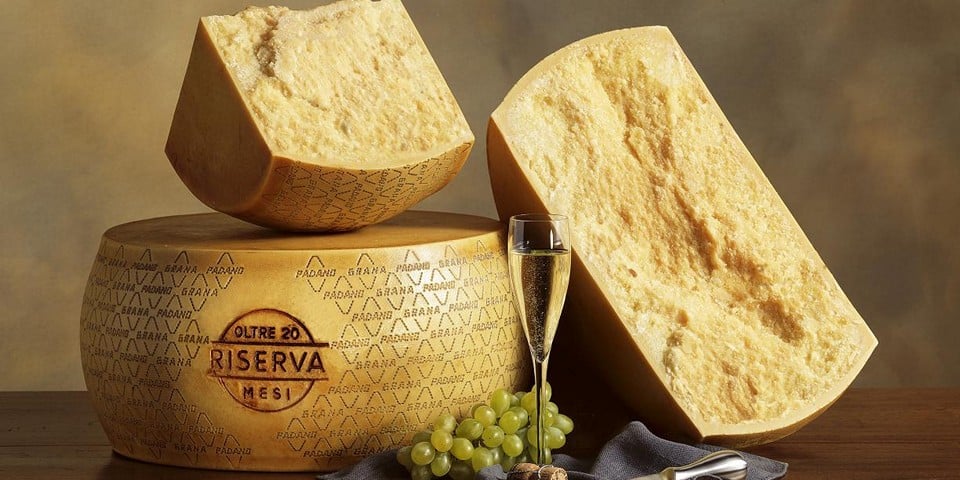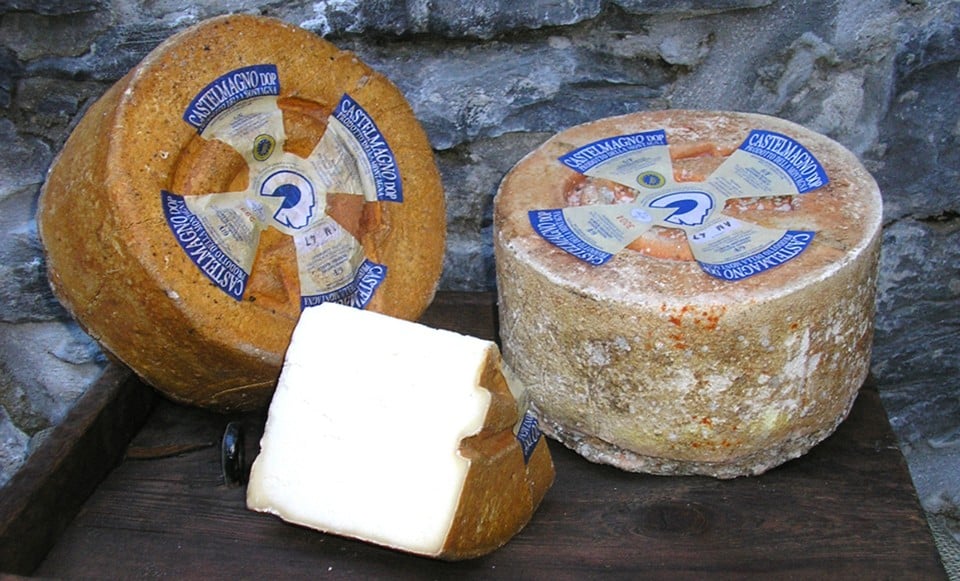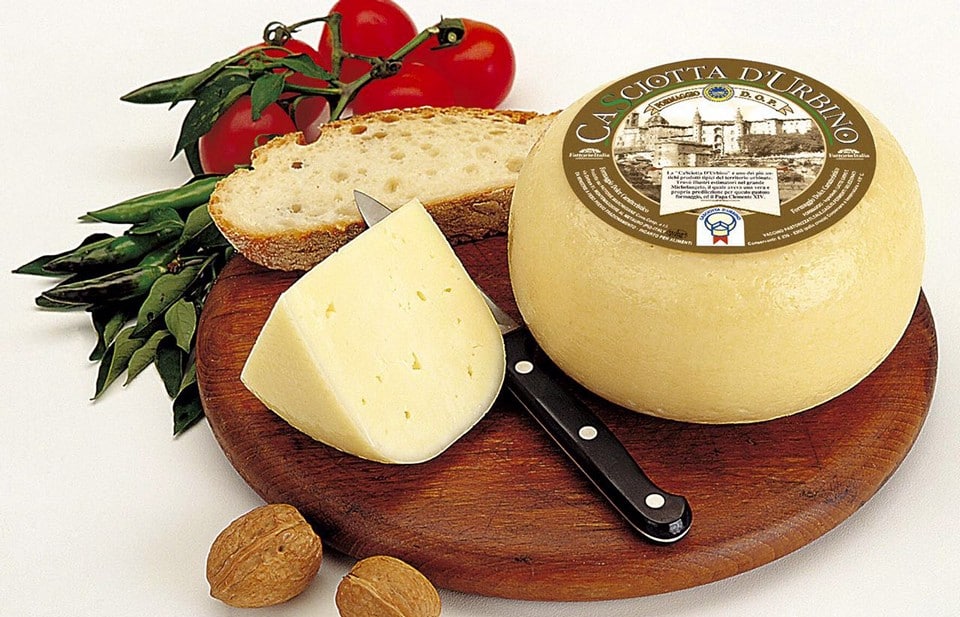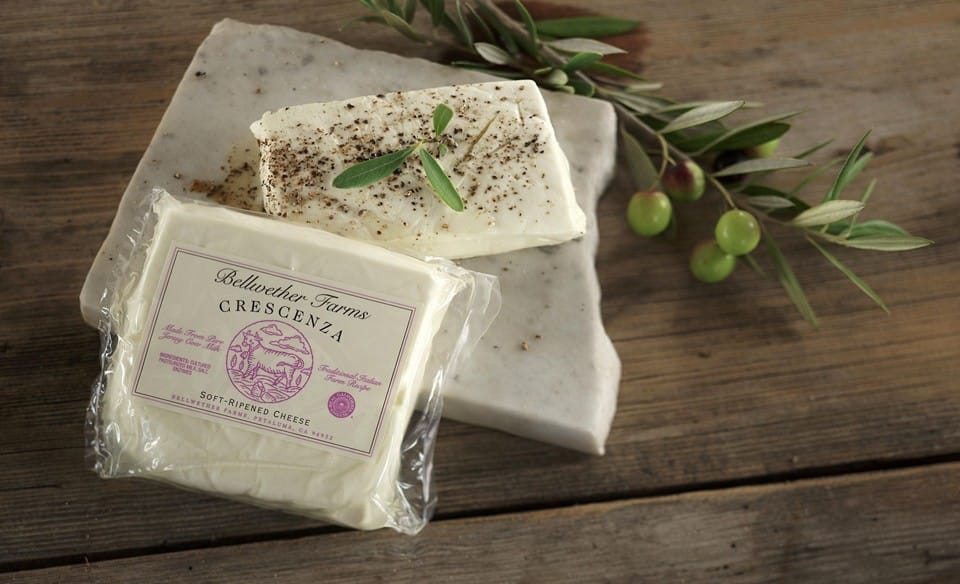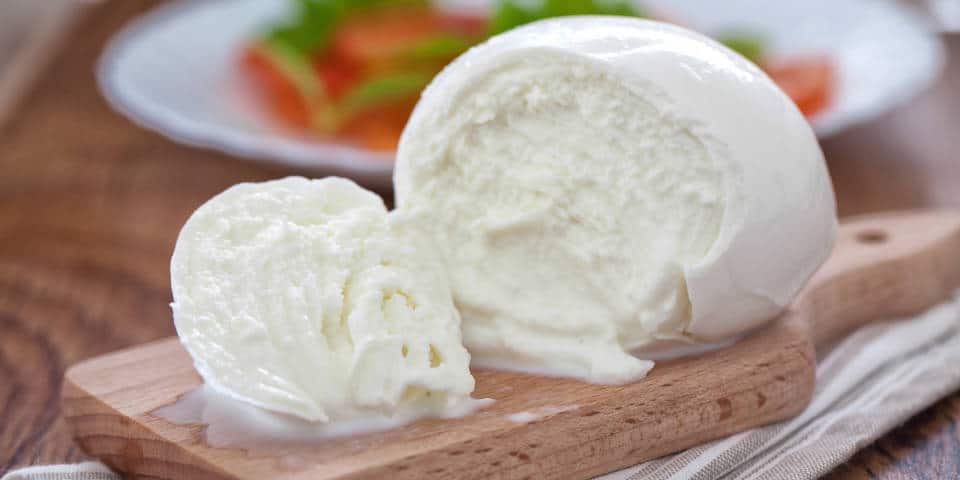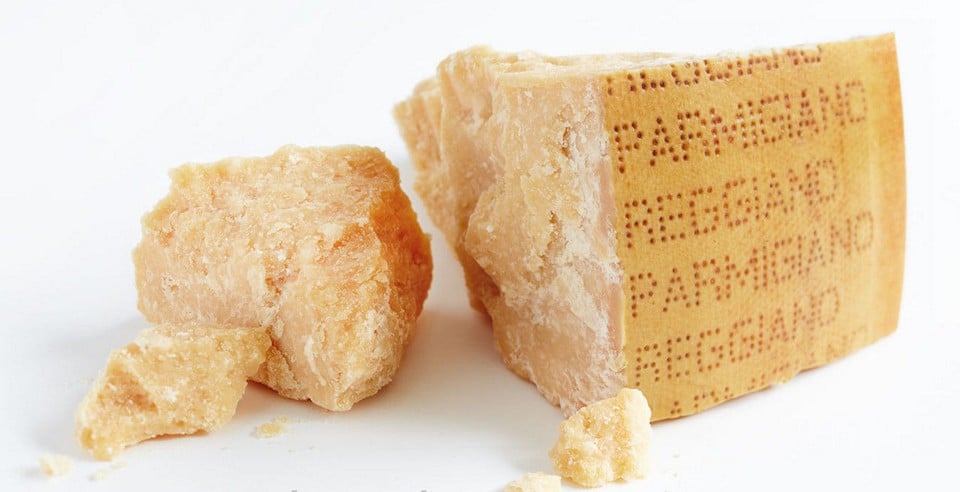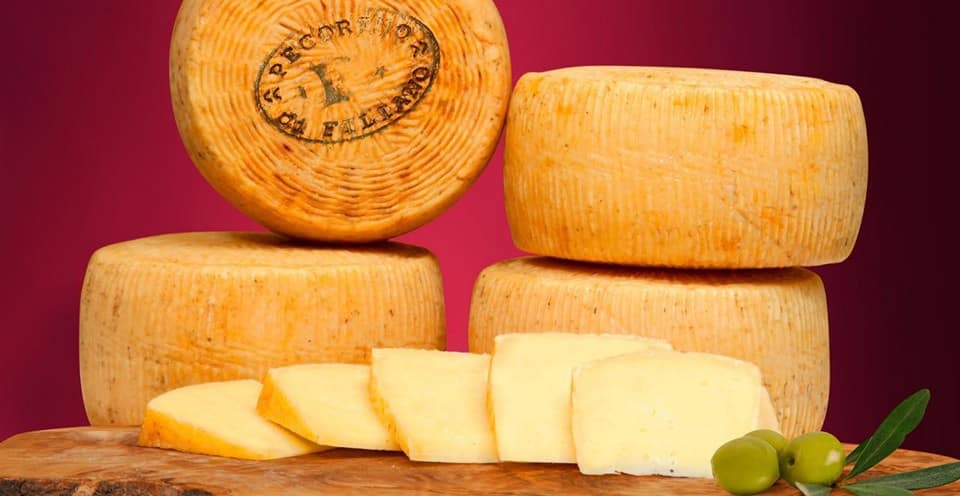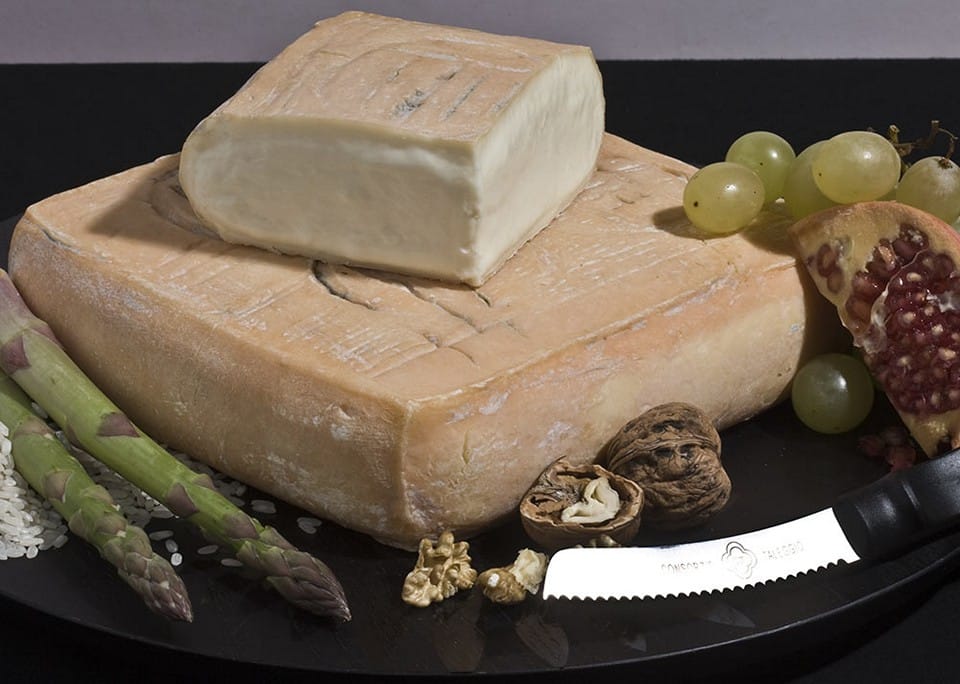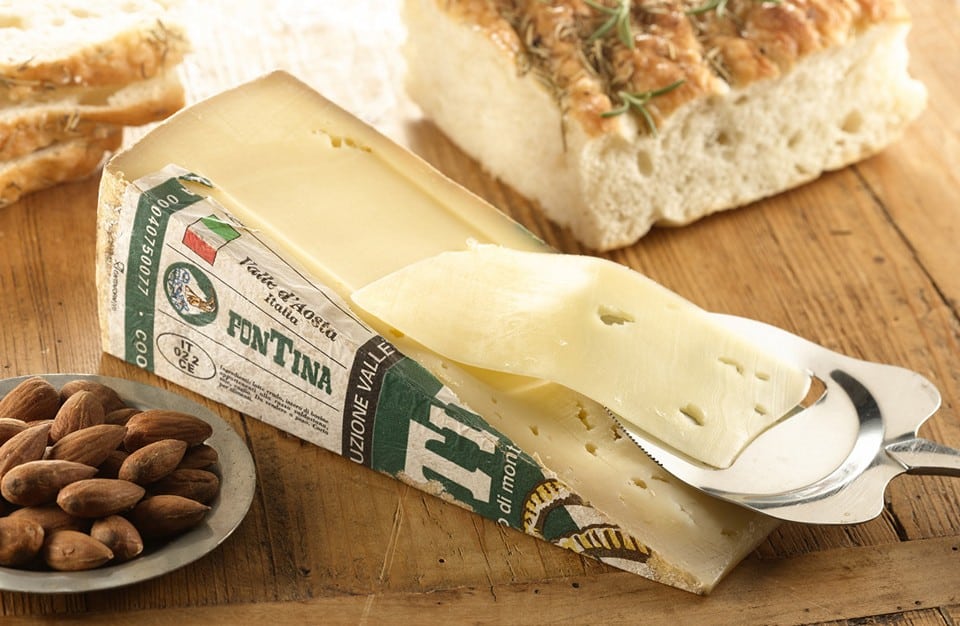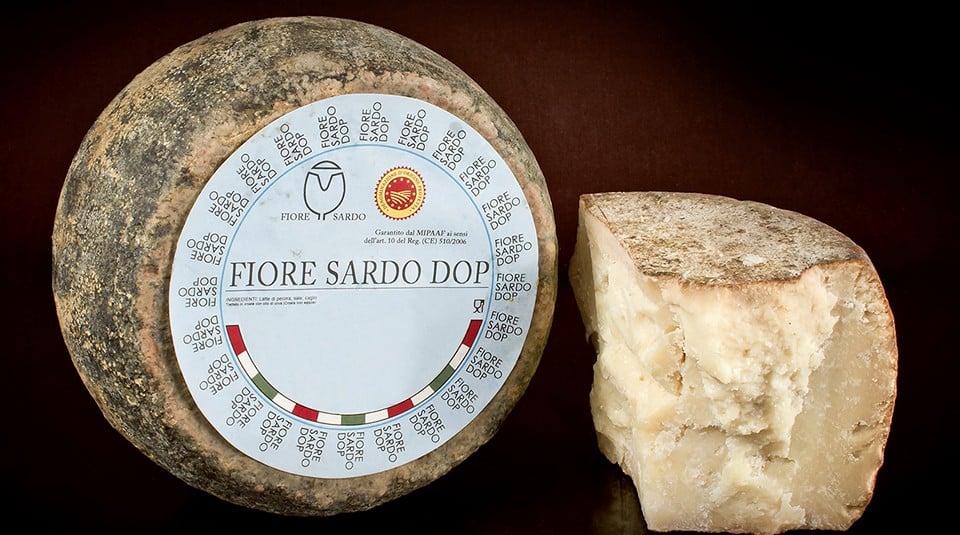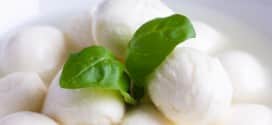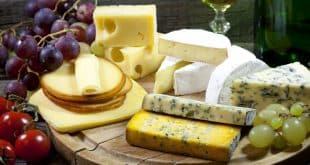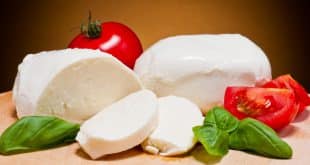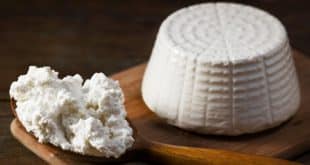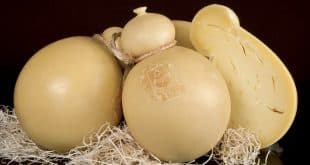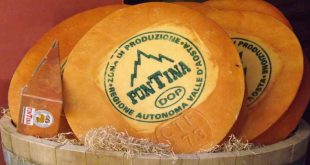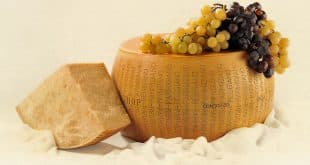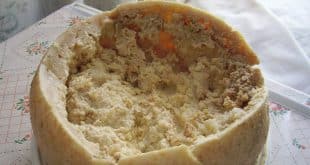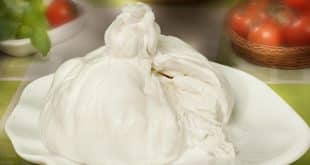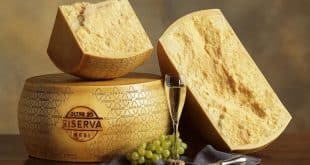Italian Cheeses
Let’s count how many types of cheese we know. I can recall about twenty. But can you imagine that almost 600 varieties of cheese are produced in Italy?
Page Contents
The History of Italian Cheese
There’s a theory that the Romans borrowed cheese-making technology from the Egyptians. In the Roman Empire, cheesemaking was considered a high art. Some varieties have even reached us today. Initially, for the Romans, cheese was a product exclusively for the affluent, but gradually, it became a regular feature on the tables of the common people.
After the fall of the Roman Empire, many people retreated to the mountains, engaged in farming, and cheese production. Cheesemaking traditions accumulated in different regions and individual cities of Italy. From there, the diversity of this product originated.
Let’s review some of the most popular Italian cheeses. You’ve likely tried some of them, certainly heard of others, but there will also be varieties that you’ll be introduced to for the first time. So, make yourself comfortable, grab a cup of coffee, a slice of cheese, and start reading.
Asiago
This cheese, made from cow’s milk near Trentino, north of Venice, is a marvel. A few weeks old, it’s soft and light (Asiago Pressato), but aged over a year, it becomes hard, spicy, and carries a nutty aroma (Asiago d’Allevo).
Primarily, the aged cheese is marketed in a grated form. Asiago is salty, which means it’s unsuitable for pizza, but it pairs perfectly with fruits, bread, and adds a piquant taste to salads.
Bel Paese
This is a soft cheese variety with a 45-50% fat content. The recipe was developed in 1906 as a competitor to French Alpine cheese. It has a buttery consistency. The taste is delicate. It pairs well with figs, apples, and most sweet varieties of wine.
Bitto
This cheese is produced in the Valtellino region from cow’s milk with the addition of goat’s milk. It is classified as a hard variety. The taste of young Bitto is delicate and slightly sweet, while mature cheese becomes piquant and brittle. It is used in traditional Italian recipes like polenta and pasta.
Bocconcini
This cheese hails from Naples. Its name translates as “little bite.” Bocconcini is made by blending cow’s and buffalo’s milk, in the form of small balls. It has a creamy, soft, slightly buttery taste. It is used as a component in salads, pizzas, and lasagnas. When smoked, it’s consumed as a standalone snack.
Bra
Produced in the Cuneo region (Provincia di Cuneo), this cheese is named after one of the region’s cities, though it was never produced there. Along with cow’s milk, goat’s and sheep’s milk are also added to the cheese. Bra comes in two variants: soft and slightly spicy Bra Tenero (45 days old), hard, spicy, with a nutty aroma Bra Duro (more than half a year old). The cheese is a main component of pesto sauce (pesto).
Burrata
Burrata is a unique Italian cheese that is essentially a ball of mozzarella filled with creamy cheese. It’s made from buffalo or cow’s cream and milk in the regions of Apulia, Campania, and Basilicata (Puglia, Campania, Basilicata). The cheese pairs excellently with tomatoes, olive oil, black pepper, honey, and is ideal for sandwiches with crispy bread.
Gorgonzola
Gorgonzola is one of the oldest blue cheeses in the world, characterized by the noble mold running through its body. Its homeland is Lombardy (Lombardia), and it is made from cow’s or goat’s milk.
There are two varieties of this cheese:
- Dolce (soft, sweet, creamy);
- Piccante (hard, spicy).
It melts beautifully and has a crumbly texture. It pairs wonderfully with both sweet and dry wines and is a traditional ingredient in spaghetti sauces and pizzas.
Grana Padano
Grana Padano is a widely known hard cheese produced from cow’s milk in twenty-seven regions of Italy. It matures long (about a year and a half), has a spicy, slightly salty taste, and is enriched with a nutty note. It’s consumed with red wine and used as a topping for various salads and pasta dishes.
Canestrato Pugliese
A cheese from the Apulia region, made from sheep’s milk. The rind is ribbed, light yellow, with a white bloom. Canestrato matures for ten months. It’s consumed with vegetables, fruits, and pairs well with dry white wine.
Castelmagno
A semi-hard cheese, produced in the Cuneo region from cow’s milk (sometimes with the addition of goat’s or sheep’s milk). It matures for about 5 months. The color of the rind varies from gray to dark red, the flesh has mold. The taste is salty, bright, with a nutty aroma. Castelmagno is served with honey or vermouth.
Caciocavallo
Caciocavallo cheese is produced in many corners of Italy using cow’s or sheep’s milk. It’s teardrop-shaped and encased in a light yellow paraffin bag, soft and sweet in taste. Italian cooks add it to dishes with mushrooms and vegetables.
Casu Marzu
Casu Marzu is a soft cheese made from whole sheep’s milk. Its homeland and the only place of production is Sardinia (Sardegna). The cheese’s name literally means “rotten cheese”. It is named so because its mass is filled with thousands of Piophila casei fly larvae, often consumed with the product. The heads have a cylindrical shape weighing 2-4 kg. Casu Marzu has a sharp aroma and a burning taste, leaving a lasting aftertaste for several hours. It is eaten by spreading it on bread and accompanied by strong wine. Its sale is prohibited by the European Union, due to which the cheese is acquired in the “black market” in Sardinian villages.
Casciotta D’urbino
This cheese is based on sheep’s milk mixed with cow’s milk. It matures for one month. The taste is light, milky, slightly sweet. It is consumed fresh with tomatoes or olives.
Crescenza
A cottage Crescenza cheese made using cow’s milk. It looks like thick sour cream. The milk for the product is taken from cows herded from mountain pastures and tired from the long journey. Hence the other name for the cheese Stracchino, which means “tired”.
It matures for a week and is consumed fresh, as it turns yellow and becomes bitter with long storage. It pairs excellently with celery and other vegetables; sauces are made from it; it is used to dress omelets, pies, and pasta.
Mascarpone
Mascarpone is a creamy cheese from the Lombardy region. It is made from 25% fat cream skimmed from cow’s milk. It has a creamy texture, soft and sweet taste, and contains about 70% fat in dry residue. It is great for making desserts (Tiramisu, cheesecake) and sandwiches.
Montasio
Montasio is a hard cheese made from cow’s milk of morning and evening milkings. It is produced in the Friuli region. The taste of young cheese (up to 3 months) is sweet. Mature cheese becomes spicy and crumbly (age 2 years). It is consumed with dried fruits, wine, and used for fondue.
Mozzarella
The homeland of Mozzarella cheese is the Campania region. Traditionally made from buffalo milk (Mozzarella di Bufala), but a variant made from cow’s milk is commonly sold.
It comes in two forms:
- large ball;
- small one-bite-sized white balls.
The taste is gentle, slightly acidic, with a musk aroma. Mozzarella is a component of many Italian dishes: pizza, salads, pasta, casseroles.
Parmesan (Parmigiano Reggiano)
Parmigiano Reggiano is rightfully considered the king of the cheese world.
This hard cheese is produced only from April to November (the “green pastures” period) and matures for about two years. The maturity of the cheese is determined by ear, striking it with a silver hammer. Parmesan has a spicy, salty taste and a very brittle structure.
Real Parmigiano is always marked with a quality seal in the form of a stamp on the rind and inscriptions with the name all over the shell. It is consumed as a snack with fruits and wine, used for vegetable salads, pizza, and pasta. The cheese rind is added to soups when making puree soups.
Read an article about how Parmesan is made.
Pecorino
There are a number of Pecorino varieties that differ by the place of sheep’s milk collection. They have a grainy texture (the granularity increases with the age of the cheese) and a sharper taste than Parmesan. Often in Italy, Pecorino is produced with additives (black and red pepper, nuts, truffles). It is consumed with fruits, walnuts, honey. It serves as a cheap alternative to Parmesan in the preparation of various dishes. The most suitable wine for it is Chianti Classico.
Provolone
Provolone is a hard cheese with a low fat content. It is made from the milk of cows in the southern part of Italy, in the Pre-Alpine regions. The cheese body is uniform, slightly silky, with many eyes. The taste depends on the age of the cheese and can be both mild and sharp. Provolone is excellent for sandwiches.
Puzzone Di Moena
A soft cheese, made from the milk of several breeds of cows in the province of Trento (Provincia autonoma di Trento). It has a specific smell, thanks to which it got its name. Translated from Italian, Puzzone di Moena means “stinker from Moena”. The cheese matures for about eight months. It is ideal in the composition of polenta.
Ragusano
A semi-hard cheese made on the island of Sicily. Its shape is close to a parallelepiped. For preparation, milk from Modicana breed cows is used. It is coagulated, strained, and the clot is poured into water at a temperature of 80 degrees. The resulting mass is cut and pressed again.
The cheese mass is fibrous, the taste is slightly sweet, there is a sharp note. The older the cheese, the harder it is. Ragusano is used for baking, sandwiches, and grated into all sorts of Italian dishes.
Raschera
A semi-hard cheese, which is made in the Cuneo region from a mixture of cow, goat, and sheep milk. The cheese body is covered with a hard red-yellow crust. The color of the mass is milky with evenly spaced small eyes. The taste qualities of the cheese depend on the preparation time.
Raschera, prepared in the warm season, is sweet, winter – harder and more tart. The cheese is served: sliced, previously drizzled with honey, as part of sauces, pasta, or risotto.
Ricotta
Ricotta is made by mixing whey with citric acid and subsequent heating. The flakes that form in the process are removed and left to ripen in shape.
There are several varieties of ricotta, different from the traditional version. For example Ricotta Romana matures to the state of hard cheese, and Ricotta al Forno can have chocolate, lemon, and other flavors.
Ricotta is used to prepare desserts, lasagna, and Italian Easter bread.
Robiola
Robiola is a soft cheese, made in different regions of Italy from goat’s milk. Sometimes sheep’s and cow’s milk are found in its recipe. The top of the matured cheese has a red tint, its structure is buttery and brittle. It has a delicate taste with a faintly expressed acidity.
It is consumed by spreading it on bread. It goes well with semi-sweet red wine.
Scamorza
Scamorza is a cheese produced in the southern regions of Italy from cow’s milk. During drying, the cheese ball is hung, strapping with a harness, as a result of which Scamorza has an unusual pear shape. It comes in smoked and natural forms. The taste is delicate, the consistency is elastic. In the kitchen, Italians prefer to use smoked Scamorza to give dishes an unusual aroma.
Taleggio
Taleggio is a semi-soft cheese made in Lombardy in the fall and winter. The taste is buttery, slightly spicy.
It is added to salads (radicchio, rocket), risotto, polenta.
Fontina
Fontina is a semi-hard cheese from the Valle d’Aosta region. The cheese body is straw-colored, ripening for more than three months. The taste is light, incredibly creamy, with a nutty note. Used for fondue, when preparing French onion soup or rice soup with cinnamon.
Fiore Sardo
Fiore Sardo is a hard cheese from the island of Sardinia. Made from goat or sheep milk. The cheese body has a granular structure with a light yellow color, covered with a yellow-brown crust. Ripening lasts about 6 months, during which the cheese is smeared with olive oil. The taste is salty-caramel. It is consumed with honey, marmalade, and fruits.
Of course, listing Italian cheeses can last long, but this concludes our review. We tried to present to your attention the most popular varieties. We hope this article will help you navigate the variety of cheeses when you conquer Italy. Have tasty travels!
 Italy for me From Italy with love
Italy for me From Italy with love

